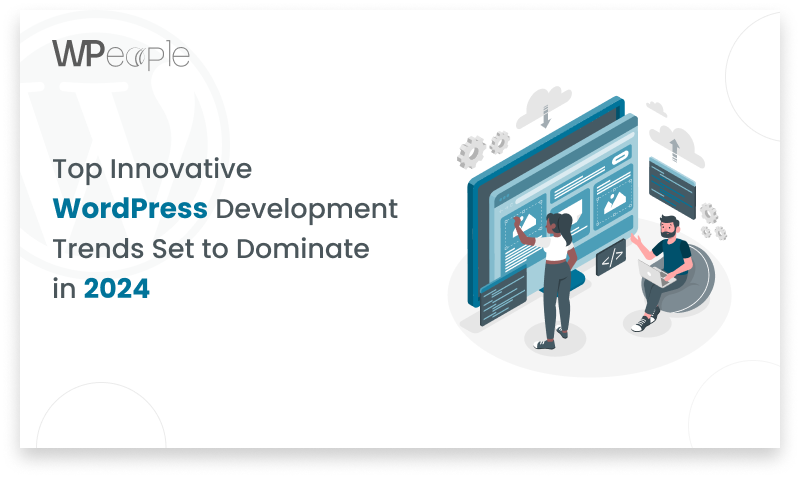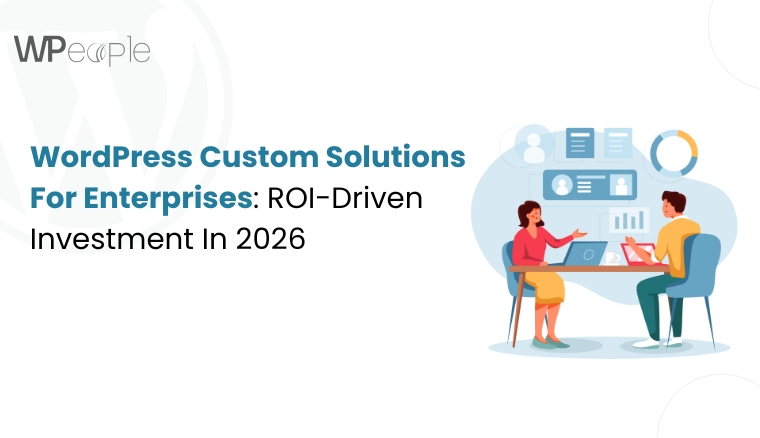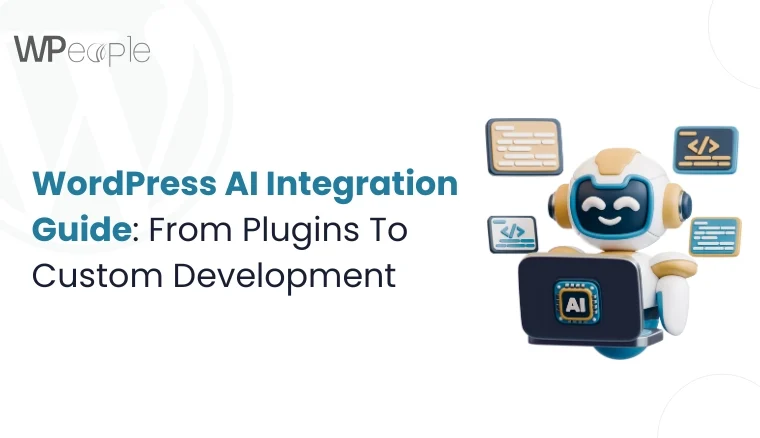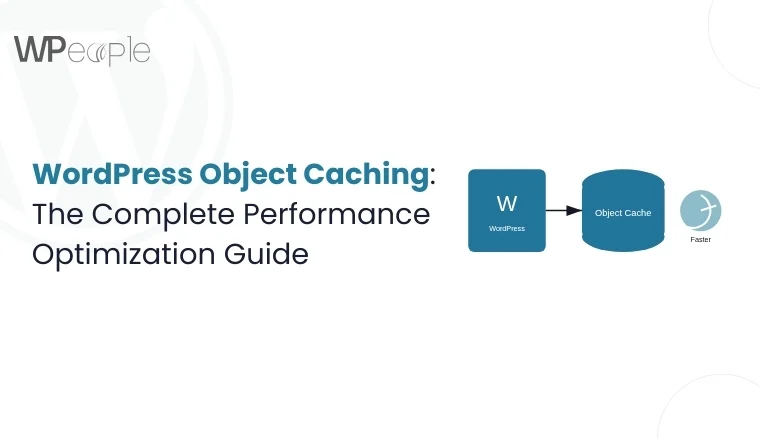
WordPress continues to power over 40% of the web, and 2025 marks a critical inflection point for developers, agencies, and enterprises. The platform has evolved from a traditional blogging tool into a sophisticated, scalable enterprise solution that developers actively choose for custom builds, SaaS applications, and high-performance sites.
The landscape has shifted dramatically. Development workflows have modernized, performance expectations have tightened, and new architectural patterns have emerged as the standard. If you’re building or maintaining WordPress sites in 2025, understanding these trends isn’t optional it’s essential for staying competitive and delivering results your clients expect.
1. Block-First Development is Now the Standard
The Block Editor has moved beyond experimental status. In 2025, block-first development represents the industry default for serious WordPress projects. Modern themes now ship as block themes with full Site Editor support, responsive layouts, and deeply integrated global styles that eliminate the need for excessive custom CSS.
Developers now leverage theme.json files to define spacing, colors, typography, and layout rules standardizing design systems across projects without writing repetitive code. This approach accelerates handoffs to team members and ensures consistency at scale.
Advanced teams build custom blocks using frameworks like ACF Blocks, React integration, and InnerBlocks for dynamic layouts. Traditional page builders are losing ground as agencies recognize that native block development offers faster load times, fewer conflicts, and superior maintainability.
Starter frameworks like Block Studio and Frost further accelerate development by providing reusable block patterns and polished themes that align with current best practices. Agencies that transition to block-first builds typically report 40% faster development cycles and significantly improved client satisfaction.
2. AI Integration Transforms Workflows and Content Strategy
AI has become a permanent fixture in WordPress development. In 2025, AI tools accelerate everything from content creation to custom feature development, fundamentally changing how teams work.
Inside the Block Editor, assistants like Jetpack AI help content creators draft posts, rewrite sections, and brainstorm ideas without context switching. Developers use tools like CodeWP and OpenAI integrations to scaffold plugin logic, write custom functions, and generate documentation reducing manual coding time by up to 30%.
Beyond development, AI reshapes how websites engage users. SEO tools like Rank Math AI provide real-time keyword suggestions and content optimization, while AI-powered chatbots guide visitors and improve conversion rates. Some teams deploy dynamic content recommendation engines that learn from user behavior and serve personalized experiences.
However, adoption comes with responsibility. Leading organizations now prioritize ethical and transparent AI usage, especially in healthcare and education sectors. Developers build with disclosure and oversight, ensuring AI enhances rather than dominates the user experience. This trend reflects a broader industry shift toward trustworthy, explainable AI.
3. Headless WordPress Scales Beyond Enterprise
Headless WordPress has transitioned from enterprise-only luxury to practical necessity for growing teams. This architecture decouples the frontend from the CMS, allowing developers to build modern interfaces using Next.js, Gatsby, Astro, or Nuxt while maintaining WordPress as a robust content management layer.
The benefits justify adoption: teams gain complete design freedom, achieve faster load times, and accelerate iteration cycles. WordPress remains the publishing engine handling editorial workflows, user permissions, and content modeling while modern frameworks handle presentation and interactivity.
WPGraphQL has emerged as the preferred data layer, offering more flexible and performant queries than the REST API. This combination enables developers to build SaaS applications, marketing platforms, and complex digital experiences powered by WordPress content APIs.
Hosting providers now offer dedicated support for headless WordPress. This shift democratizes headless development, moving it from specialized boutique agencies to mainstream development teams. The result: clients experience dramatically faster sites, developers maintain cleaner code, and content teams work without disruption to familiar publishing workflows.
4. Performance Metrics Drive Client Decisions and Rankings
Core Web Vitals have moved from “nice-to-have” to “must-have.” Clients explicitly ask about Largest Contentful Paint (LCP), Cumulative Layout Shift (CLS), and First Contentful Paint (FCP) and developers increasingly compete on speed.
This focus has elevated performance tools to prominence. WebP and AVIF image formats are now standard, replaced by responsive image loading and lazy loading by default. Optimization plugins like Perfmatters, WP Rocket, and FlyingPress strip bloat and reduce load times systematically.
Leading hosting providers build performance into their platform. Cloudflare-powered CDNs, full-page caching, and edge delivery have become table stakes. For high-traffic sites, server-side tools like Object Cache Pro and Redis caching unlock additional performance gains.
Modern SLAs now include Lighthouse scores and Core Web Vitals audits as deliverables. Agencies that benchmark performance obsessively and optimize ruthlessly win client renewals and referrals. A fast site no longer competes with a slow site it dominates it.
5. Security Fortification Becomes a Competitive Advantage
Cyber threats grow more sophisticated daily, and 2025 demands a proactive security mindset. Organizations now implement multi-factor authentication, advanced encryption protocols, and continuous security audits by default not as afterthoughts.
Developers build security into architecture rather than bolting it on later. This includes hardened WordPress configurations, plugin vetting workflows, and automated security scanning in staging environments. Organizations conduct regular penetration testing and maintain incident response plans, treating security as continuous rather than episodic.
The shift is driven by regulatory pressure (GDPR, HIPAA), insurance requirements, and client demand. Agencies that position themselves as security-first differentiate from competitors and command premium pricing. Security isn’t a feature it’s fundamental.
6. Mobile-First Optimization Becomes Universal
Mobile devices now drive 60%+ of website traffic globally, yet many WordPress sites remain desktop-optimized. In 2025, mobile-first design isn’t aspirational it’s mandatory.
This means designing responsive layouts first, testing touch interactions extensively, and ensuring forms work seamlessly on small screens. Developers use mobile-first CSS frameworks and test extensively on real devices, not just browser simulations.
Site speed on mobile connections demands particular attention. Mobile users experience slower networks than desktop users, making optimization critical. Developers employ adaptive image loading, efficient JavaScript bundling, and aggressive caching strategies specifically for mobile users.
Organizations that prioritize mobile experience see significantly higher engagement, lower bounce rates, and improved conversion rates. This trend reflects changing user behavior what’s optimal on mobile is now optimal for everyone.
7. Composable and Modular Architecture Gains Momentum
Monolithic WordPress installations are giving way to composable architectures where teams mix and match specialized tools. Developers decouple content management from presentation, integrate specialized services for search, ecommerce, and analytics, and orchestrate everything through APIs.
This approach provides flexibility teams adopt the best tool for each function rather than accepting WordPress compromises. A site might use WordPress for content, Elasticsearch for search, Stripe for payments, and a headless frontend for presentation.
Composable architecture reduces vendor lock-in, allows teams to scale specific components independently, and enables rapid experimentation. As WordPress continues to mature, the trend accelerates toward orchestration rather than monolithic solutions.
8. Full-Site Editing Empowers Non-Developers
The Site Editor has evolved dramatically, enabling content creators and designers to build entire websites without custom code. Teams now implement global styles, design systems, and complex layouts entirely within WordPress, democratizing web creation.
This shift reduces dependency on developers for routine updates and template changes, freeing them to focus on custom functionality and architectural decisions. Organizations see faster time-to-market for new pages and templates, and clients enjoy greater autonomy.
9. Sustainability and Green Web Practices Emerge
Environmental consciousness is reaching the web development community. Developers now consider the carbon footprint of their code optimizing for efficient hosting, reducing unnecessary asset delivery, and building lightweight sites that demand less server power.
Sustainable hosting options powered by renewable energy appeal to environmentally-conscious organizations. Lightweight WordPress installations, efficient caching, and optimized images reduce energy consumption and appeal to users and search engines alike.
10. Multisite and Enterprise WordPress Scales Predictably
WordPress multisite has matured into a robust solution for enterprises managing multiple properties. In 2025, multisite installations power news networks, enterprise portals, and franchise websites with centralized management, shared themes, and delegated administration.
Modern plugins and themes support multisite out of the box. Organizations scale predictably, managing hundreds or thousands of sites from a single network while maintaining individual customization and brand identity.
Moving Forward: Your Action Plan
The WordPress landscape in 2025 rewards developers, agencies, and organizations that embrace these trends strategically. Start by auditing your current tech stack. Which trends align with your clients’ needs? Where does investment deliver the highest ROI?
Prioritize performance and security as non-negotiable. Experiment with block-first development and AI tools to accelerate internal workflows. Evaluate headless WordPress if your clients demand exceptional frontend experiences. Adopt mobile-first design universally and test extensively on real devices.
Most importantly, position yourself as a strategic partner who understands both technology and business. Clients don’t want trend-followers they want advisors who know which trends matter for their specific goals and which to safely ignore.
The future of WordPress development belongs to teams that stay curious, continuously learn, and focus relentlessly on delivering measurable business results.
Consult with Our WordPress Experts On:
- WooCommerce Store
- Plugin Development
- Support & maintenance




